Brain Powered Food - For Thought
The term you are what you eat is as it states. I and everyone that works for International Animal Rescue Foundation along with the online team and ground team are either vegans or vegetarians and we plus myself the founder and chief executive officer are proud of this, not to mention our healthy eating promoting page of the 501 C 3 (NGO).
I am not going to go in to vast detail here on the great aspects of being a vegetarian or vegan but more on something a little more important that affects millions of people worldwide, that affects our economy, tax rates, un-employment, and now our extremely high sickness record of which is depression a major contributor to economical and commercial illness.
The European Union has been pushing out its message of five (fruits and vegetables) a day now for some years, however people are still ignoring this vital and most important message. Every single day I find myself walking past fast food restaurants of which are packed with school children, to teenagers and parents, business men and women stuffing their bodies full of harmful fattening cancer causing chemicals, which does not under no circumstances aide a positive mental cognitive life style.
Fruit and vegetables are still being left out of 79.5% of people’s diets of which are mostly children, teenagers, and young adults. Children are either being fed (MRM) mechanically reclaimed meat and “some” frozen vegetables, some if not most teenagers are just in for the quick hit of fleshy fast food most of which is consumed mostly from (Friday to Sunday), and the younger adults are too busy or not financially able to sustain their diets with such goodness.
These three main age groups suffer the most with depression or depressive type illnesses that can be alleviated with a simple diet of fresh fruit and vegetables every day and that is what the International Animal Rescue Foundation is going to push out now over a thirty-day period on its vegan and vegetarian foods to promote healthy eating NGO PAGE that our directive staff will publish every day in an album for you the wonders of what our fruit and vegetables can offer to the human brain to aid a much better mental health and physical health.
BANANAS
Bananas are one of a major brain stimulating aid that aids depression, increases pain threshold as of its lack of salt and high potassium and zinc level that also aids the immune system. Bananas are a good source of vitamin B and associates that keep the nervous system young and fresh plus ticking for a lot longer than you think. Aiding slow release energy to, these fantastic fruits are an extremely ample source of the human diet that one should never disregard or just leave out of any diet, meal but most importantly breakfast. Believe it or not but they also contain “serotonin” of which calms our bodies and makes us happy. Many people who suffer from “real depression” lack this most important chemical that originates from the neurons deep in the midline of the brainstem, a lack of serotonin can cause many mental illnesses such as obsessive compulsive disorder, schizophrenia, manic depression, neurological degenerative diseases (N.D.D) such as (Parkinson’s disease) learning and behavioural problems, sexual dysfunction, to suicidal tendencies so please do intake many bananas, please also view our healthy eating page of which our administrators will publish everyday information on one fruit in the album that you self-educate from.
The effective and very humble banana also contains tryptophan, a mood-uplifting chemical that helps to aid (S.A.D) Seasonal affective Disorder, which is a type of temporary depression that is brought by the long autumn and winter months that can leave many sufferers in an emotional state of depression from which the modern general doctor still does not recognise in most parts of the European Union and the United States as an illness. Bananas also help to lift morning sickness in the first trimester of pregnancy.
AVOCADOS
The avocado is a fruit that is not seen much on the European food table, many vegetarians and vegans do consume this amazingly brain powered fruit but yet again it is something that is not seen a lot of in children’s school meal lunch boxes, or at the dinner table of which tastes fantastic, moorish and is another one of the great brain fruits much like that of the Banana.
What’s the secret though that the humble avocado has? Well it has inside it a chemical similar to that of “dopamine” a brain chemical that is produced that makes us feel amazing after eating chocolate (to a degree), going to the gym for a good full muscular workout, or sexual intercourse that arouses the brain so much that the dopamine levels act like little cars moving around the brain at one hundred miles an hour hitting all our good spots giving us that feel good and “stoned” feeling aiding relaxation, sleep, and a better mood for hours upon end.
The not so secret but not so made aware of chemical is tyrosine which after eating the avocado Is then turned into L-Dopa, and then on to dopamine. Although the actual chemical in avocados is tyrosine and not “dopamine” it makes this fruit one of the best in popularity. Avocados should be the number one fruit to that of the banana that should “be consumed” on a regular basis to aid a better cognitive brain process and positive thinking, it alleviates moods, calms down unruly behaviour in children and young adults with depression, hyperactivity disorder, manic depression, attention deficit hyperactivity disorder, Tourette’s syndrome, Asperger’s, obsessive compulsive disorder, obsessive compulsive behaviour, conduct disorder, along with antisocial behaviour (IF) given as a staple diet with other fruits and vegetables on a regular basis with no breakage in between.
What is tyrosine? Tyrosine, which can also be synthesized in the body from phenylalanine, is found in many high-protein food products such as peanuts, almonds, avocados, lima beans, pumpkin seeds, sesame seeds, bananas, and soy products. Tyrosine can also be obtained through supplementation. (I have left the meat products out as of our strict no meat healthy eating vegan and vegetarian protocol to promote a better living. Aside from being a protein genic amino acid, tyrosine has a special role by virtue of the phenol functionality. It occurs in proteins that are part of signal transduction processes. It functions as a receiver of phosphate groups that are transferred by way of protein kinases (so-called receptor tyrosine kinases). Phosphorylation of the hydroxyl group changes the activity of the target protein.
A tyrosine residue also plays an important role in photosynthesis. In chloroplasts (photosystem II), it acts as an electron donor in the reduction of oxidized chlorophyll. In this process, it undergoes DE protonation of its phenolic OH-group. This radical is subsequently reduced in the photosystem II by the four core manganese clusters.
TOMATOES
Tomatoes are an excellent source of, vitamin A, vitamin C, beta-carotene, potassium, and folic acid and other B vitamins, iron and fibre. Interestingly enough, the lycopene in cooked and processed tomatoes is more readily available and absorbed by our bodies than in raw tomatoes.
The benefits of eating tomatoes can be seen by looking at what is found in a single serving of tomatoes (148g) contains:
| Calories 35 | Calories from Fat 0 |
| % of Daily Value* | |
| Total Fat 0.5 g | 1% |
| Saturated Fat 0g | 0% |
| Cholesterol 0g | 0% |
| Sodium 5mg | 0% |
| Total Carbohydrate 7g | 2% |
| Dietary Fibre 1g | 4% |
| Sugars 4g | |
| Protein 1g | |
| Potassium 360mg | 10% |
| Vitamin A | 20% |
| Vitamin C | 40% |
| Calcium | 2% |
| Iron | 2% |
Tomatoes are found in many staple diets around the world but not all children eat them of which is a shame as there are many ways which these can be cooked or even blended in to a tomato juice to being used as a relish with other fruits or vegetables to make a dip for Doritos a very well-known chip that children and young adults love. Added to pizza to just grilled on a BBQ to even being used as a topping on toasties these amazing fruits that were planted by the Spanish in the colonization of the Americas originating though from South America should be used as a staple and important diet for children suffering from circulation problems of the brain that cause depression, or other neurological disorders to diseases.
As one can see from above vitamin A, B, C and potassium are all beneficial to the young brain and nervous system (IF) they are used as a staple diet and consumed regularly, many scientists have always wondered if tomatoes are “one” of the reasons why people mostly in the Mediterranean live in to their hundreds without the need to see a doctor on a constant regular basis.
Research has also shown that tomatoes may help in reducing circulatory problems of the heart, brain and elsewhere. This research has shown that tomatoes help to prevent blood clots from forming in the bloodstream – similar to the activity of aspirin.
PLUMS
The plum is one of my favourite fruit of which I have 4 of these growing in my front of my cottage garden. Proven time again, this is another fruit that I and many others do not see in the children lunch box to even being given as a hospital fruit that aids the brain in repairing itself.
There are few fruits that come in such a panorama of colours as the juicy sweet tasting plum. The plum season extends from May through October with the Japanese varieties first on the market from May and peaking in August followed by the European varieties in the fall.
Plums belong to the Prunes genus of plants and are relatives of the peach, nectarine and almond. They are all considered “drupes,” fruits that have a hard stone pit surrounding their seeds. When plums are dried, they are known as prunes.
The fresh version (plums) and the dried version (prunes) of the plant scientifically known as Prunus domestica have been the subject of repeated health research for their high content of unique phytonutrients called neochlorogenic and chlorogenic acid. These substances found in plum and prunes are classified as phenols, and their function as antioxidants has been well-documented.
Significant Antioxidant Protection from Phenols
These damage-preventing substances are particularly effective in neutralizing a particularly destructive oxygen radical called superoxide anion radical, and they have also been shown to help prevent oxygen-based damage to fats, such as the fats that comprise a substantial portion of our brain cells or neurons, the cholesterol and triglycerides circulating in our bloodstream, or the fats that make up our cell membranes.
Better Iron Absorption plus More Antioxidant Protection from Vitamin C
The ability of plum and prune to increase absorption of iron into the body has also been documented in published research. This ability of plum and prune to make iron more available may be related to the vitamin C content of this fruit. Our food ranking system qualified plums as a very good source of vitamin C.
In addition to assisting with absorption of iron, vitamin C is needed in the body to make healthy tissue and is also needed for a strong immune system. Getting a little extra vitamin C around cold and flu season is a good idea, and may also be helpful for people who suffer from recurrent ear infections. Vitamin C also helps to protect cholesterol from becoming oxidized by free radicals. Since oxidized cholesterol is the kind that builds up in the arteries and causes damage to blood vessels, some extra vitamin C can be helpful for people who suffer from atherosclerosis or diabetic heart disease. In addition, vitamin C can help neutralize free radicals that could otherwise contribute to the development or progression of conditions like asthma, colon cancer, osteoarthritis, and rheumatoid arthritis, so vitamin C may be able to help those who are at risk or suffering from these conditions. Owing to the multitude of vitamin C’s health benefits, it is not surprising that research has shown that consumption of vegetables and fruits high in this nutrient is associated with a reduced risk of death from all causes including heart disease, stroke and cancer.
Protection against Macular Degeneration
Your mother may have told you carrots would keep your eyes bright as a child, but as an adult, it looks like fruit is even more important for keeping your sight. Data reported in a study published in the Archives of Ophthalmology indicates that eating 3 or more servings of fruit per day may lower your risk of age-related macular degeneration (ARMD), the primary cause of vision loss in older adults, by 36%, compared to persons who consume less than 1.5 servings of fruit daily.
In this study, which involved over 110,000 women and men, researchers evaluated the effect of study participants’ consumption of fruits; vegetables; the antioxidant vitamins A, C, and E; and carotenoids on the development of early ARMD or neovascular ARMD, a more severe form of the illness associated with vision loss. While, surprisingly, intakes of vegetables, antioxidant vitamins and carotenoids were not strongly related to incidence of either form of ARMD, fruit intake was definitely protective against the severe form of this vision-destroying disease. Three servings of fruit may sound like a lot to eat each day, but plums can help you reach this goal. Add diced plums to your morning cereal, lunch time yogurt or green salads. For a beautiful and delicious brown rice, add chopped plums and pistachios. Need to grab a snack? What could be better than a cool, sweet, juicy plum on a summer’s day?
Why are plums good for the brain though? Well they contain vitamin A,C,E all of which are high-powered brain vitamins that aid happiness, alleviate depression, fight against neurological degenerative diseases along with help fighting infection. Please view the small author note below.
Vitamin C and E the Anti-Oxidants
Vitamin C and Vitamin E are in a category of brain vitamins that are referred to as antioxidants. Antioxidants are known for their cell-protecting properties. These types of vitamins scavenge and fight off free radicals, which are reactive rogue molecules of oxygen that damage cell membranes and the DNA, which contains the cells basic operating instructions. This occurs as we age and free radicals can destroy brain cells, which can lead to memory loss and even dementia.
There is strong research that consuming regular amounts of vitamins C and E is linked to strong memories. In addition, there are studies that suggest taking supplements of vitamins C and E can prevent the risk of Alzheimer’s disease and slow the progression of memory loss. Vitamin E also promotes good blood circulation to the brain which helps maximize brain functioning. Vitamin C can be found in most fruits, vegetables, and plants that we eat.
Consuming or metabolizing the proper amount of vitamin D can help lift a “mind fog”. It can help you focus and concentrate better. Other than sunlight exposure, the body absorbs vitamin D from foods. There are no specific foods that contain adequate levels of Vitamin D and so there are fortified foods such as milk, soy milk and cereal grains in which vitamin D has been added..
Vitamin B
Vitamin B helps is connected to memory and spatial memory. Spatial memory is the ability to copy rectangles, cubes, and other shapes. The following are good sources of vitamin B potatoes, bananas, lentils, chili peppers, tempeh, liver oil, liver, turkey, tuna, brewer’s yeast, molasses, Marmite, and Vegemite. The recommended dose is 300 mg a day of vitamin B complex..
There are number of disorders associated with Vitamin B deficiencies. Thiamine deficiency can lead to neurodegenerative or the wasting away of the brain and nerves. The lack of sufficient levels of vitamin B 12 can lead to irreparable damage to the brain and the nervous system. .
Choline is also in the vitamin B complex. This substance is found in the fats that make up cell membranes and in the neurotransmitter acetylcholine. Good food sources of Choline are egg yolks, soy and cooked beef, chicken, veal, and turkey livers. People that suffer from Choline deficiency can experience neurological and mood difficulties.
POTATOES
Potatoes contain carbohydrates and glucose of which are very important for the brain to work. Potatoes keep brain function active. Proper functioning of the brain depends largely on the glucose level, oxygen supply, some members of the vitamin-B complex and some hormones, amino acids and fatty acids like omega-3 fatty acids. Potatoes cater to almost all the needs mentioned above. They are high in carbohydrates and thus maintain a good level of glucose in the blood which does not let brain fatigue creep in and keeps the brain active and alert. Brain fatigue is very serious and not only can it have a devastating impact on human performance but also our children’s education.
The main part of your brain that plays a central role in body reaction after not eating is the hypothalamus. The hypothalamus is located just above the brain stem and is responsible for regulating homeostasis, or balance, in your body. Food is necessary for body function, which means that when you’re not consuming calories, the hypothalamus works overtime to restore balance to the body through the process of hunger
Three main areas of the hypothalamus are associated with hunger, the lateral, paraventricular and ventromedial hypothalamus. The paraventricular hypothalamus helps regulate your hunger. The ventromedial hypothalamus helps you recognize you’re full after eating. Not eating mostly stimulates the lateral hypothalamus, which helps you recognize that you’re hungry through a series of reactions in the body.
Diagram of the brains working areas;
Ghrelin
The feeling of hunger revolves around a hormone called ghrelin. Ghrrelin is produced in both the stomach and the hypothalamus and in smaller amounts through the placenta, pituitary gland and kidneys. Since food is needed to create energy in the body, ghrelin is created when energy levels get too low from lack of food. Ghrelin then signals the energy imbalance to the brain. The brain then responds by creating the feeling of hunger to alert you to the need to eat. However, it’s important to note that feeling hungry does not always mean you’re actually in need of energy. Hunger may also be initiated due to a lack of water, or may be initiated due to learned patterns of eating — such as feeling hungry at noon because you always eat lunch at noon, even if you had an over-sized breakfast.
Malnutrition and the Brain
Diagram from 1990’s to 2010 this is still a key evident factor in today’s world of our children that are still not eating enough fruit and veg, and has not changed.
Another way not eating can affect the brain is through malnutrition. The cells of your brain rely on energy from food just like any other cell in the body. Without the nutrition that food supplies, both your neural function and brain chemistry can be negatively impacted. This in turn affects just about every facet of your bodily function that the brain is involved in, including concentration, memory, sleep patterns, mood and your motor skills. Moving on from this please ensure that one has a sensible BUT balanced breakfast
NUTRTION AND THE BRAIN FOOD FOR THOUGHT!
Neurotransmitters in the brain, chemicals through which billions of neurons in the brain communicate to build, heal and grow, need the proper nutrition. Changes in nutrient or energy levels can adversely affect brain functioning and mental abilities such as concentration and memory. Brain cells use twice as much energy as other cells, according to The Franklin Institute, and need a diet rich in antioxidants, B vitamins and complex carbohydrates to function well. I have chosen to leave (Omega 3 out here) as I have already described from what vegetables that can be sourced from, one does not need to eat fish to taking fish supplements to cod liver oil in order to gain this very important supplement. Just by eating Walnuts one can gain this and Vitamin B plus other antioxidants to ensure brain stem activity, nervous system and neurons flow through the brain to give to us what we need.
Antioxidants keep oxygen flowing optimally through the body and the brain. Foods rich in antioxidants are berries such as blueberries and cherries, grapes, pomegranates, kiwis, pineapples, lemons, oranges, grapefruit and plums. High-antioxidant vegetables include parsley, artichokes, red cabbage, chili peppers, kale, spinach and red beats. Legumes such as pinto beans, soybeans and broad beans, as well as pecans, sunflower seeds, walnuts and hazelnuts also contain antioxidants. Corn, oats, barley, millet and even certain spices, such as cinnamon, oregano and cloves, can help improve the functioning of the brain. Dry-roasted peanuts that can be sprinkled on cereals and salads are a good choice because they are as rich in antioxidants as strawberries and blackberries and even surpass apples.
All of the above fruits are extremely high in antioxidants and as a vegan and CEO of International Animal Rescue Foundation with a Phd and M.S in Botanical Horticulture plus other qualifications in plant and animal welfare then I must highly advise that one ensures their child and other family member that have illness, disease, neurological disorders, to then use these fruits and vegetables on a daily basis, going way past what some governmental scientists and researchers and nutrition experts of the five fruits and vegetables a day thus increasing your brain and internal plus external organ (the skin) to its full extent thus increasing life expectancy, decreasing illness, improving brain and neurological functioning aiding a much better and healthier improved life.
BLUEBERRIES
There’s no denying the popularity of blueberries, an all-American fruit that’s good in just about everything from hot oatmeal and savory salsa to home-style pies and healthy smoothies. But blueberries are more than just a versatile, sweet fruit; they’re a powerful weapon in the battle against age-related degenerative diseases such as Alzheimer’s disease and dementia. This is especially encouraging news, since more than 30% of the U.S. population will be over age 65 by 2050.
Research shows that blueberries can actually slow the progression of age-related degenerative diseases, improve learning, memory and motor skills, and this extraordinary health benefit comes from a phytonutrient that also gives the blueberry its jewel-tone color. This phytonutrient is called anthocyanin.
As we age, our brain cells become less effective at communicating with one another. Over time, neurological pathways are lost and brain function declines. Since phytonutrients have been shown to improve communication between cells, blueberries are actually working to slow cognitive decline and maintain or improve brain health. Now that is “AMAZING” as well as being proven time again, other berries include blackberries, strawberries, raspberries, and one that you may not of heard much of but grows well in Australia is the famous Huckleberry.
PINEAPPLE
Another fantastic brain fruit that is wholly good for improving glucose levels instead of eating fattening chocolate, can aid a diabetic crash faster than a Mars bar, but most importantly also stimulates the brain like some of the above fruits, I’ll keep this one sweet as I have explained already what serotonin is as it effects on the brain, nervous system and body does. Pineapple contains serotonin that is a neurotransmitter that stimulates brain. Serotonin concentrations of 3-30 mg/kg have been found in pineapple. An extreme power fruit that if like the rest can of eaten on a regular basis help alleviate depression and other brain dysfunctions.
YOU ARE WHAT YOU EAT, CONTINUE TO KILL OUR PLANET AND MOST LOVING SPECIES OF ANIMALS THEN YOU WILL BECOME WHAT YOU EAT…… CONSUMING AN UN-HEALTHY AND UNBALANCED DIET WILL ONLY CORRUPT YOUR BRAIN THEN MURDER YOU BODY…
THE TRUTH IS ABOVE, THE TRUTH IS BELOW - THE TRUTH IS OUT THERE…

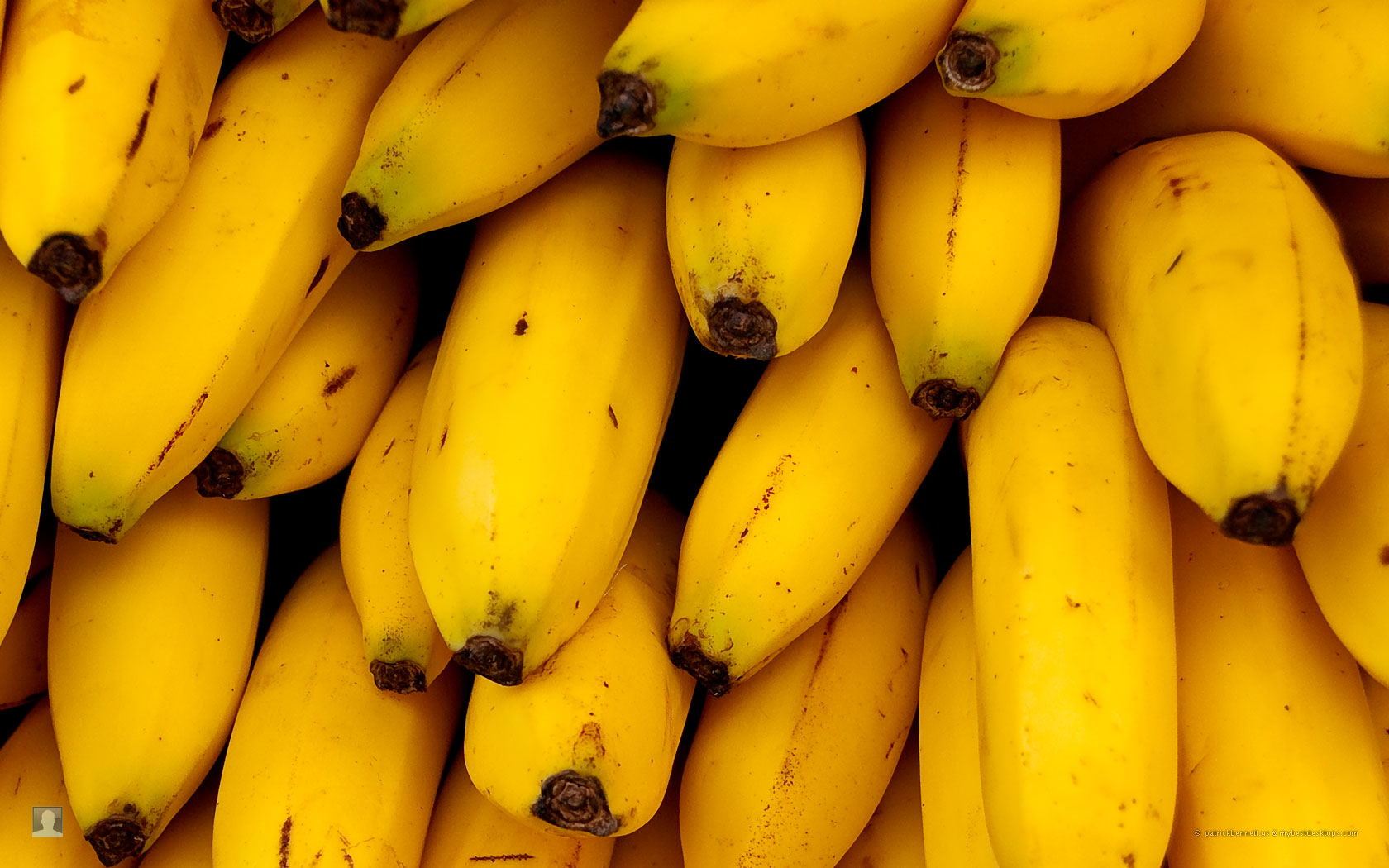
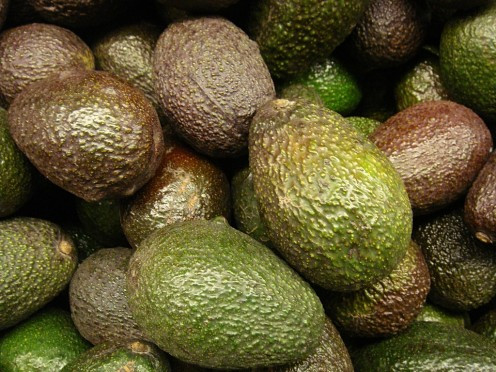
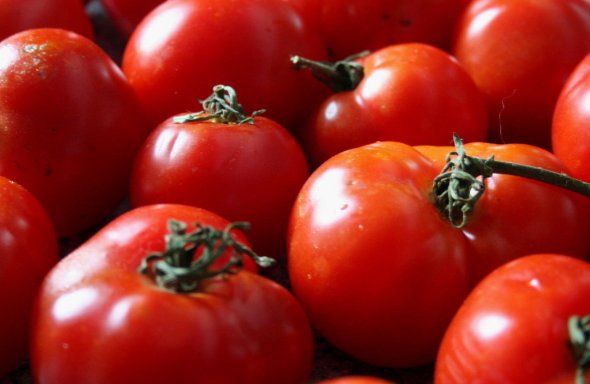



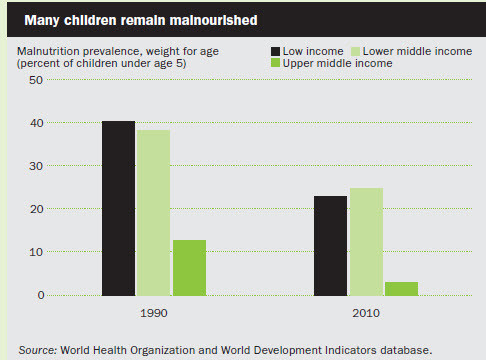
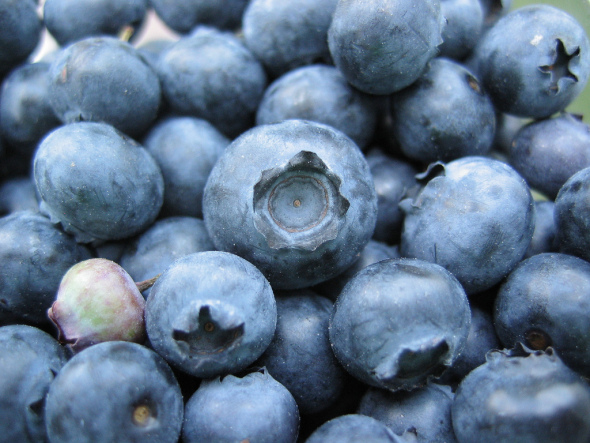
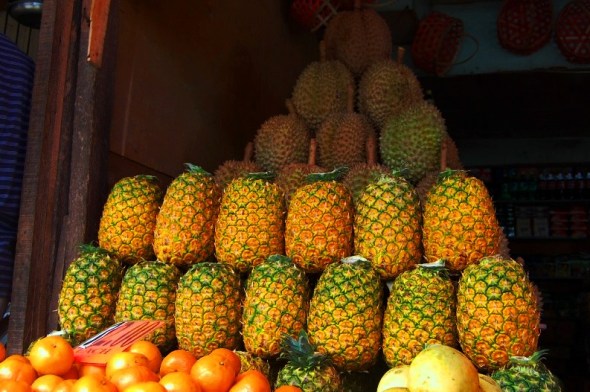




Thank you for your reply, should it merit a response we will respond in due course. This site is owned by International Animal Rescue Foundation and moderation is used.